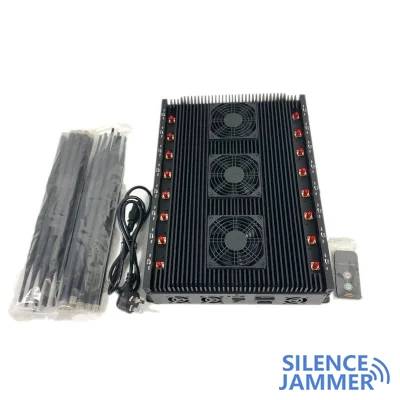In modern homes, WiFi has become an integral part of connecting to the Internet, smart devices and entertainment content. However, many households may experience weak, slow, or unstable WiFi signals. To improve the performance of your home WiFi, here are ten ways:
1. Buy a high-performance router
Choosing a router with powerful performance is the first step to improve your home WiFi. A good router usually has greater coverage, faster speeds, and stronger signal penetration, giving you a more stable and faster WiFi connection.
2. Location optimization
The placement of your router is crucial to the quality of your WiFi signal. Place the router in the center of your home and try to avoid interference from obstructions (such as walls, furniture) to ensure that the WiFi signal covers the entire house as evenly as possible.
3. Update router firmware
Regularly updating your router's firmware fixes known bugs and issues and provides performance improvements and new features. Check your router's management interface or manufacturer's website for the latest firmware updates.
4. Use dual-band WiFi
Dual-band (2.4GHz and 5GHz) WiFi routers can provide better coverage and speed. Connecting your devices to the 5GHz band can reduce interference and improve performance, especially in crowded wireless network environments.

5. Set WiFi password
Make sure your WiFi network is password protected to prevent access by unauthorized users while avoiding interference with neighboring networks.
6. Use a WiFi signal amplifier or repeater
For large families or houses with wide coverage, using WiFi signal amplifiers or repeaters can help enhance WiFi signal coverage so that the signal can reach every corner of the house.
7. Optimize WiFi channel
By adjusting the WiFi channel, you can reduce interference with other networks. Use a WiFi analysis tool to determine which channel has the least interference and manually select that channel in your router settings.
8. Control network load
Connecting a large number of devices to your home network can slow down WiFi performance. Consider managing network load by optimizing network usage patterns, throttling traffic, or using a smart device manager to ensure each device gets enough bandwidth.
9. Avoid sources of interference
Electronic devices (such as microwave ovens, cordless phones, signal jammer devices, bluetooth devices) may cause interference to WiFi signals. Try to keep your router as far away from these devices as possible and make sure they don't interfere with WiFi signal transmission.
10. Use a wired connection
For devices that require more stability and faster speeds, such as desktop computers or gaming consoles, consider using a wired connection instead of a WiFi connection to improve network performance and stability.
By taking these measures, you can effectively improve the performance of your home WiFi and enjoy a faster and more stable network connection.


